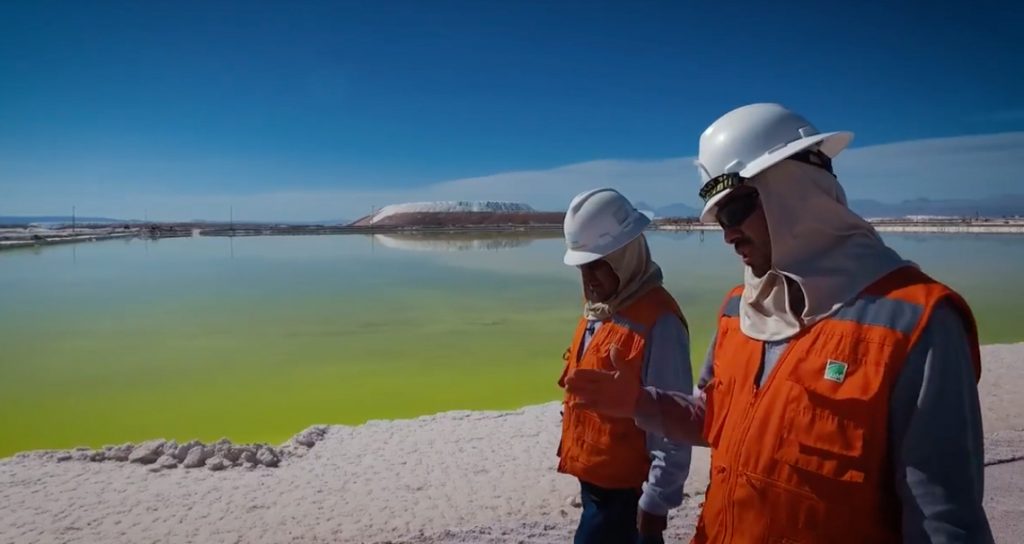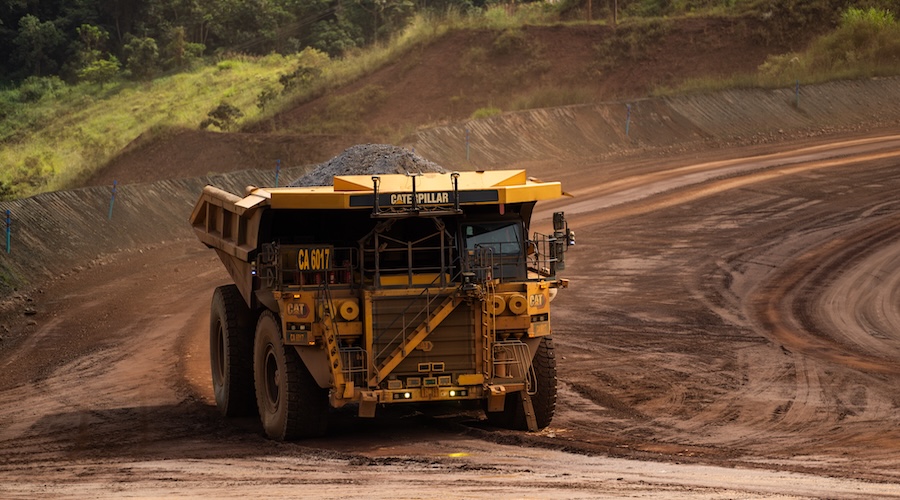Lithium price: Massive supply response gets underway

A salar-size gap has opened up between bulls and bears in the lithium market.
In March Morgan Stanley sent shares of lithium companies tumbling after the investment bank forecast overproduction of the battery raw material and plunging prices.
Some in the industry characterized the New York bank’s assessment as little more than a hit job to help a client pick up assets cheaply. Miners pointed to the complex nature of lithium mining leading to production ramp-up problems and processing bottlenecks.
The industry could also point to the fact that there was a 20-year hiatus in new mines in the lithium triangle of South America before the much delayed Orocobre brine operation entered commercial production two years ago.
However, the bears got some help on Thursday after SQM, the world number three lithium miner, said it will more than triple production in fewer than three years.
De Solminihac’s soothing comments about how the company plans to manage all that additional supply would do little to assuage bears
A relatively modest investment of $525 million would lift the Chilean company’s production capacity in the Atacama salt flats from 48,000 tonnes to 180,000 tonnes by early 2021. $75m will be spent this year to lift capacity to 70,000. Total global supply last year was an estimated 215,000 tonnes.
“We believe that with demand growing close to 20 percent this year and next year, the market will be able to absorb this additional supply,” said CEO Patricio de Solminihac in a statement accompanying the company’s first quarter results. “Our strategy is to have the installed capacity to react to market demand.”
“2018 sales volumes in the business line should reach approximately 55,000 MT (metric tonnes) as we ramp up the current production. These additional sales volumes should be seen during the second half of 2018,” according to SQM.
Lithium prices have withstood all the bearish forecasts up to now and there is widespread consensus on growing demand for lithium.
But SQM is not alone in its ability to up output at low cost quickly and Mr De Solminihac’s soothing comments about how the company plans to manage all that additional supply would do little to assuage bears.

More News
{{ commodity.name }}
{{ post.title }}
{{ post.date }}




2 Comments
Peter Epstein, CFA
The author perpetuates the idea that Lithium supply is coming on strong… he says, “However, the bears got some help on Thursday after SQM, the world number three lithium miner, said it will more than triple production in fewer than three years.” – WHAT PEOPLE KEEP GETTING WRONG is that adding production “capacity” is not the same thing as adding actual production. Yes, Albemarle (ALB) & SQM are adding a lot of new lithium carbonate capacity in Chile in 2018-19-20… But, let’s see how much is actually produced in those years, I bet significantly less than newly announced capacity.
I believe that all south American brine production forecasts will be pushed back 1-2 years (on average). That’s 1-2 years longer to reach nameplate capacity. We already saw Lithium Americas’s/SQM’s Argentina project get pushed back 1 year to 2020. Albemarle’s lithium carbonate expansion phases I & II in the Atacama salar have been a big miss. And, look at Galaxy’s Sal de Vida project, a world class asset, yet it’s been 2 yrs since the revised BFS was published, and still not a funded project! Perhaps not even close to funded if they’re pursuing a combination of debt, equity & royalty/streaming transactions like Nemaska Lithium recently announced.
Finally, one should note that SQM’s expansion requires that SQM & Corfo are now friends, working in concert to rapidly expand production. That’s not what I’m hearing, not at all…. And, who’s to say if SQM & ALB even want to ramp up production quickly? They have to pay a sliding scale royalty to Corfo, currently equal to about 20% of their realized selling price.
The sliding scale tops out at 40% on Li prices above US$15,000/t. SQM & ALB are just as likely to look to Argentina, China, Australia, the U.S. to increase production (places without those high royalty rates)…. If SQM & ALB decide to produce more outside of Chile, it would take a lot longer for them to ramp up to the scary production numbers that MS and some other bearish analysts are talking about.
Bill_Wall
This article got it flat wrong as Peter Epstein points out. Those increases by SQM are increases in “capacity”, not “output” or “production”. Author should re-read the News Release.
With brine, after you increase the capacity, you have to wait a considerable amount of time for the ponds to evaporated and concentrate the minerals. Solar evaporation is generally a minimum of 14 months before processing further.